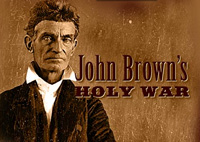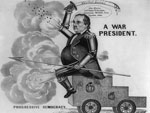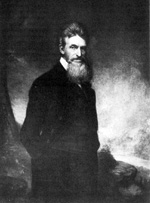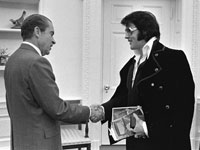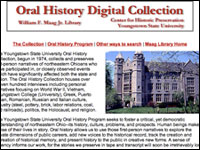We were working now on the New York City draft riots. I was asked to do some work with visual materials, which is the area that I'm probably most interested in, in thinking about teaching at every level. And so I went, you know, and looked for some materials, and I looked in various books on the draft riots and what was out on the web, and it wasn't hard to find materials.
What I railed against, of course, is the lack of context.
There were materials from Frank Leslie's Illustrated Newspaper, from Harper's. But I had the really interesting sort of research problem of, "Well, here are these images." What I railed against, of course, is the lack of context. These images appeared in illustrated newspapers and journals with articles, with text, which surrounded it and contextualized it, which framed how the readers would view it because they wouldn't just look at the pictures the way we do. Sort of a similar experience to when we look at a Louis Hine photograph on a wall but forget that it was actually maybe part of a poster or a newspaper article that very much framed how someone in a progressive era would have seen that, and this is a really valuable lesson.
Context Reinstates the Humanity in History
I went to one of the online databases, HarpWeek, as well as Frank Leslie's database. I had some Frank Leslie material, and sort of gave the teachers the next day after I'd done my little research, a few of the articles and images together. And they were just really bowled over. They got my point immediately that, oh, here's another. And they made—second, they really found these really interesting juxtapositions. One article on the draft riots had, one teacher pointed out, a little squib in the corner of the page where it was announced that the social season was beginning in Newport. All these various politicians had gone off to Newport, and it was very odd, obviously, to think that while this sort of blood bath was going on in the streets of New York City, the social season was beginning in Newport and these, you know, politicians and other dignitaries had gone off to start the season. And they, of course, realized, you know, their students would be immensely interested.
So, again, it was sort of careful reading. It was careful viewing, and it was research. And they again rushed past me, the teachers I was involving in this discussion, to say, "Oh, I could do this as a research project." My students could sort of take this instead of what I did, what I found interesting, I could really turn it around and ask them to go dig in that database and come back with little things.
Again, I think one of the great dilemmas with now that we keep talking about using images is we forget that we really want them grounded as well with text, and that's how, often, they appear.


